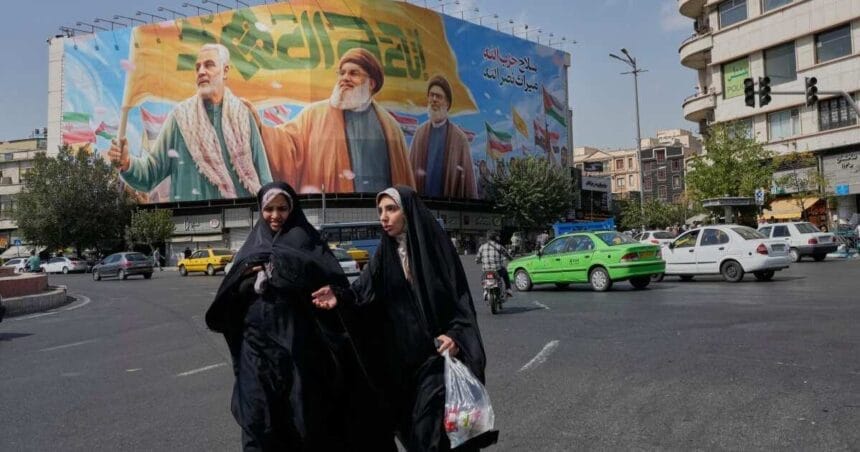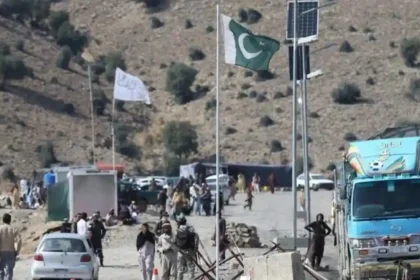UN sanctions on Iran have returned after 10 years raising fears of more economic pain and conflict. The measures include arms bans asset freezes travel bans and banking restrictions. Analysts say ordinary Iranians will suffer the most as prices rise and the currency weakens.
The measures include bans on weapons trade asset freezes travel restrictions and tough rules on banking and nuclear activities. These sanctions are expected to hit every part of the Iranian economy and over 90 million people may suffer as prices rise and jobs decline.
In Tehran many people worry about their future. The local currency rial dropped sharply trading at about 1.3 million for one US dollar. Business owners say imported goods will get more costly and harder to find. Some shops have even stopped selling items until prices settle while others raised their prices to avoid losses.
There are also concerns that Israel or the United States could use the sanctions as a reason for new military attacks. Just in June both countries carried out strikes that killed more than one thousand people and caused billions in damage.
Inside Iran reactions are mixed. Hardliners who opposed the nuclear deal seem pleased because they see this as its final end. Reformist newspapers however warned about higher inflation which is already above 40 percent.
Iran Russia and China argue that the West abused the snapback system. They point out that it was the United States who left the deal in 2018 while Iran stayed in it for another year. Both Russia and China have declared that the revived sanctions are invalid. Still the West insists they will enforce them.
For ordinary Iranians the return of sanctions means another period of uncertainty more pressure on families and fears of deeper conflict in the region.














